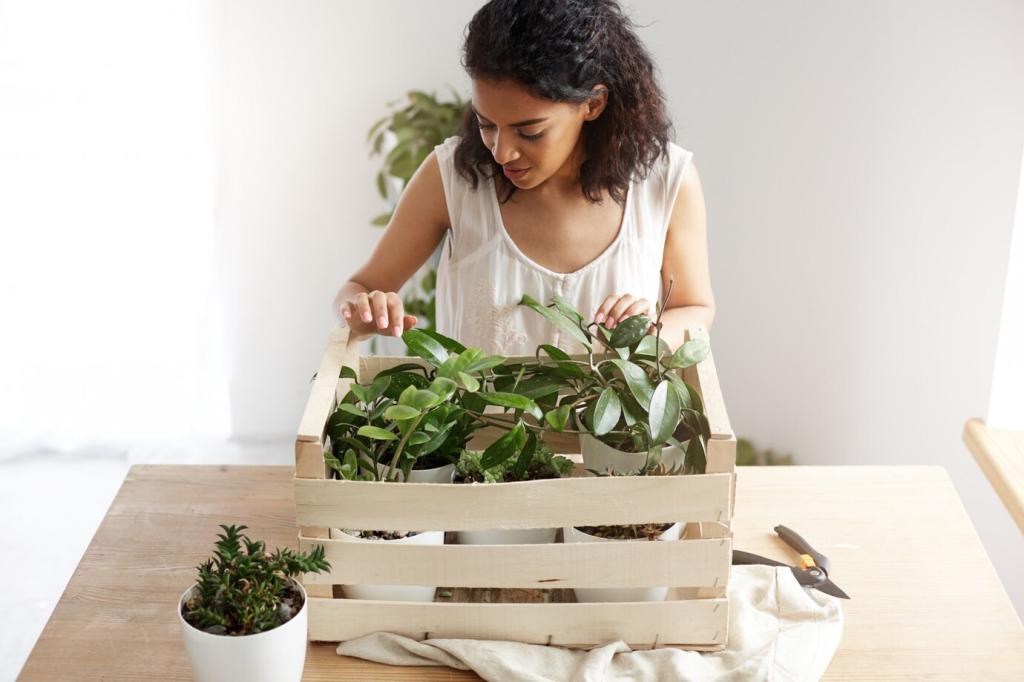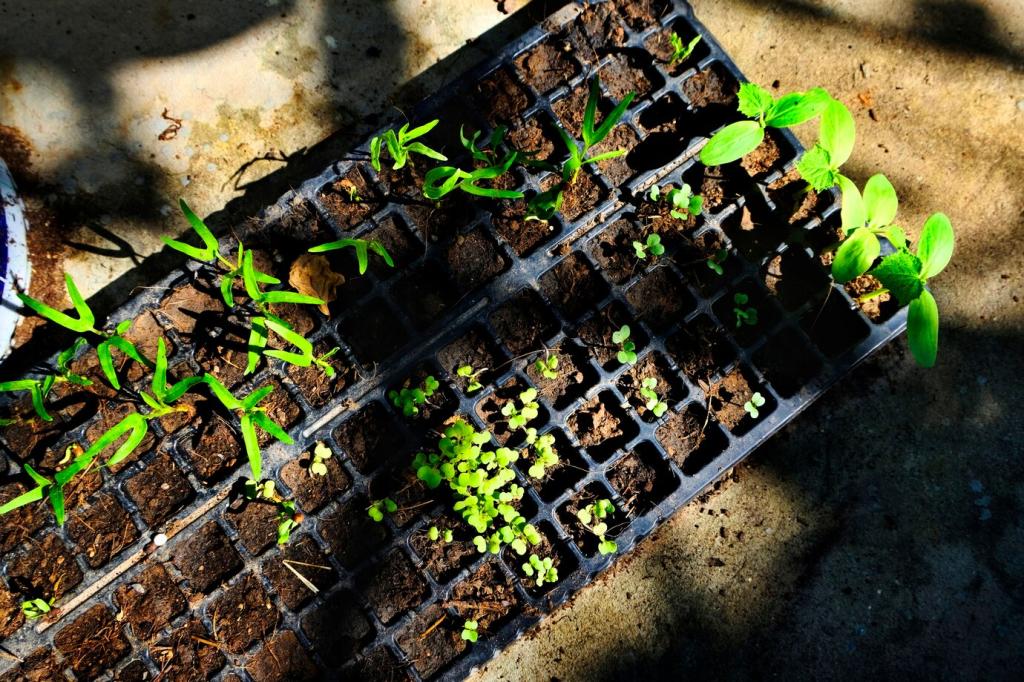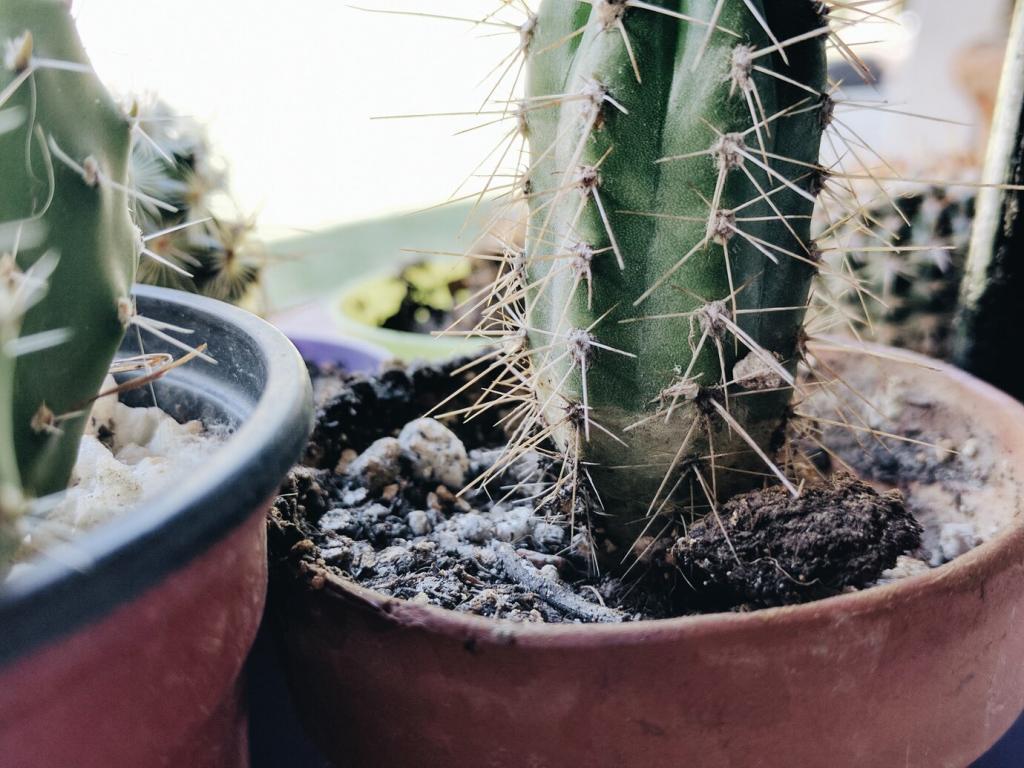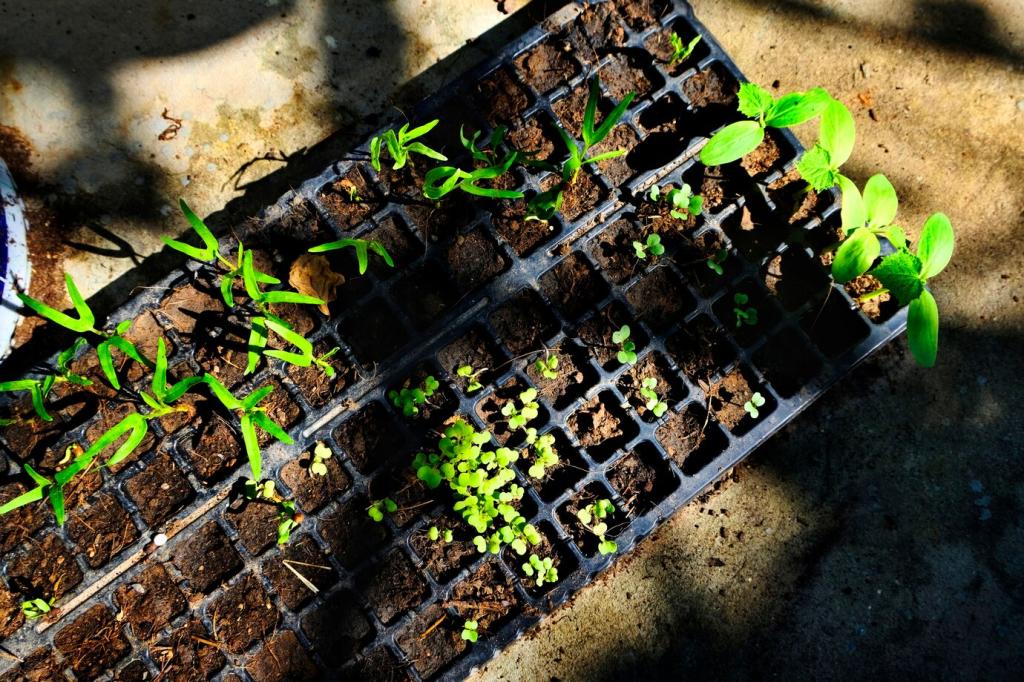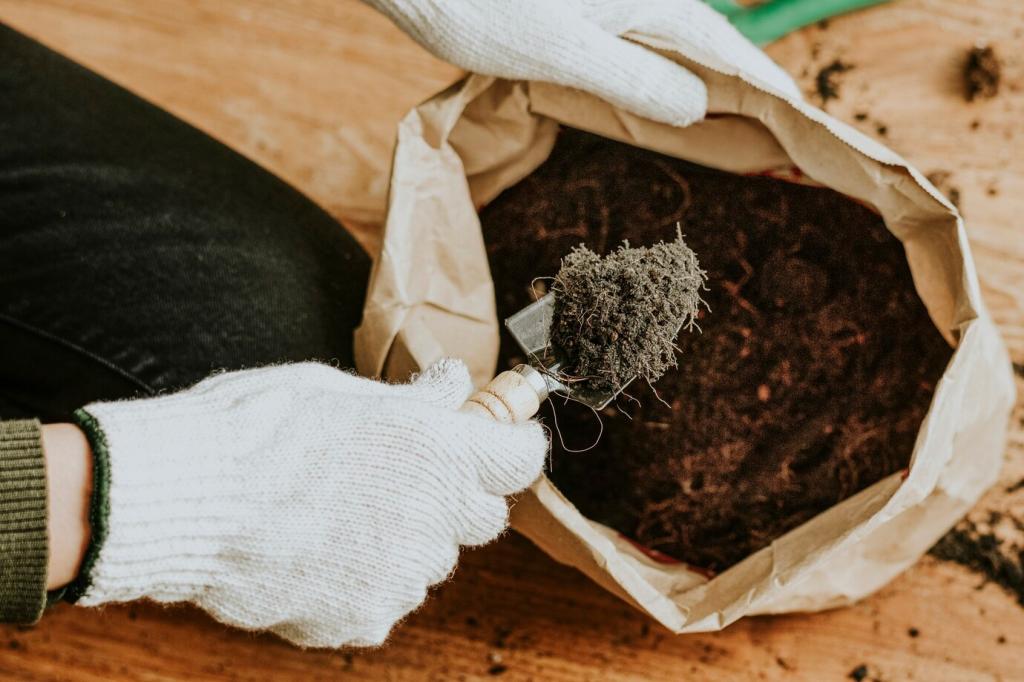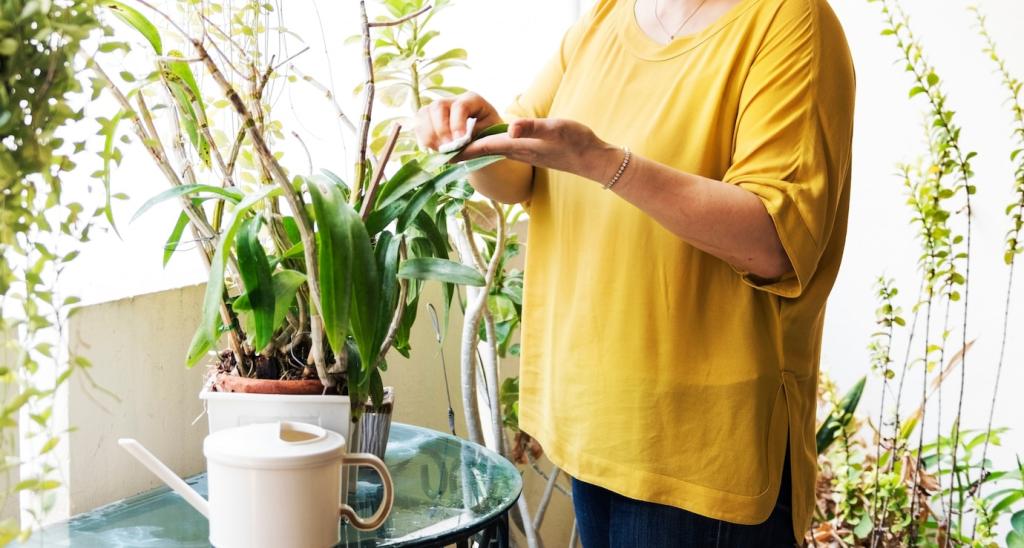Set Up for Success: Containers, Space, and Safety
Pick a secure container with a tight lid, ventilation holes along the sides, and a drip tray underneath. A rat-resistant latch and fine mesh over vents prevent pests. Start with five to ten liters; you can always expand once you’ve dialed in consistent, odor-free results.
Set Up for Success: Containers, Space, and Safety
Check weight limits and household policies before stacking bins. Keep the setup away from edges, anchor it from wind, and place it on a stable, waterproof mat. If regulations forbid composting, consider bokashi pre-fermentation or a worm bin, and confirm what’s acceptable with your property manager.


